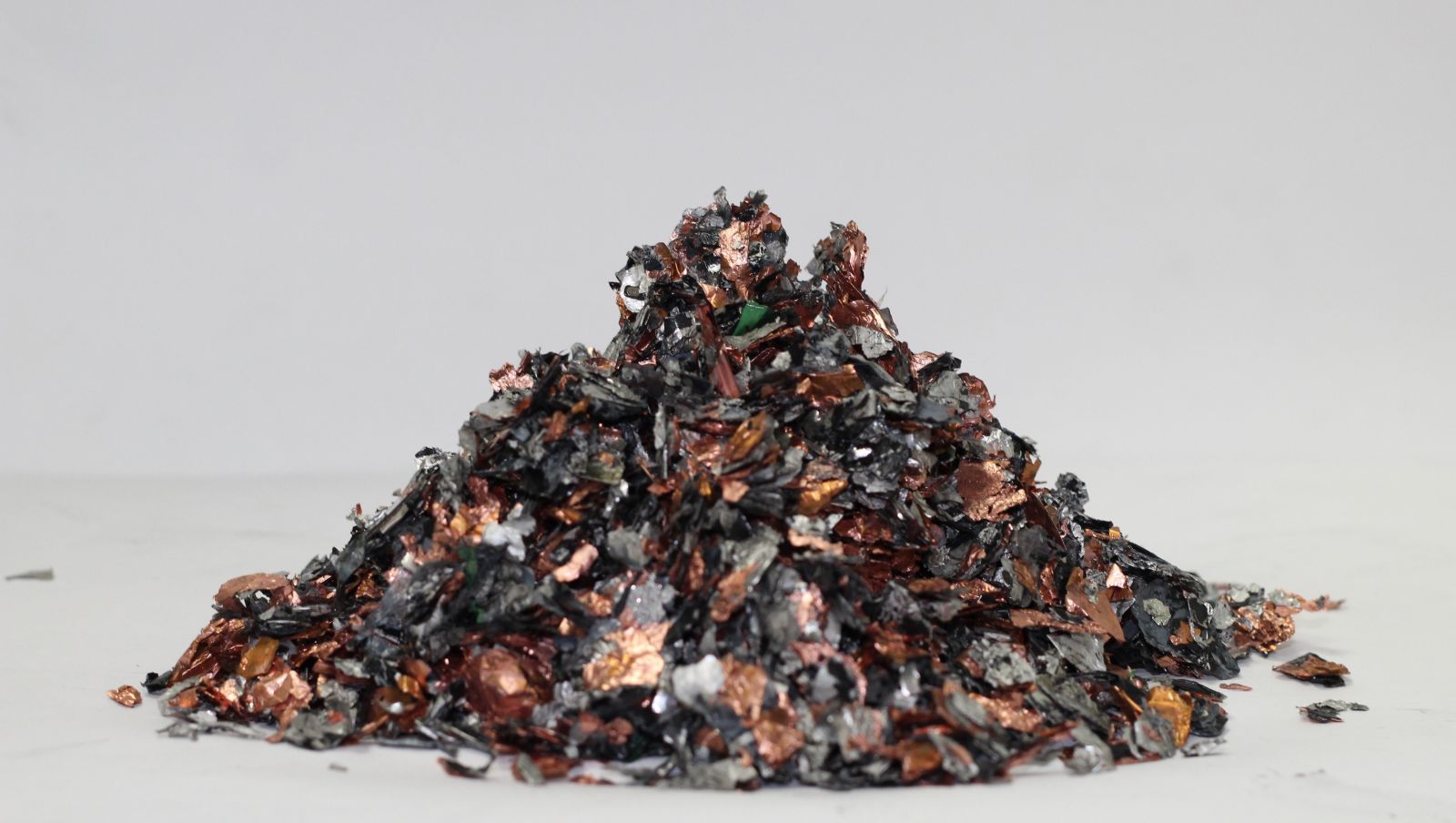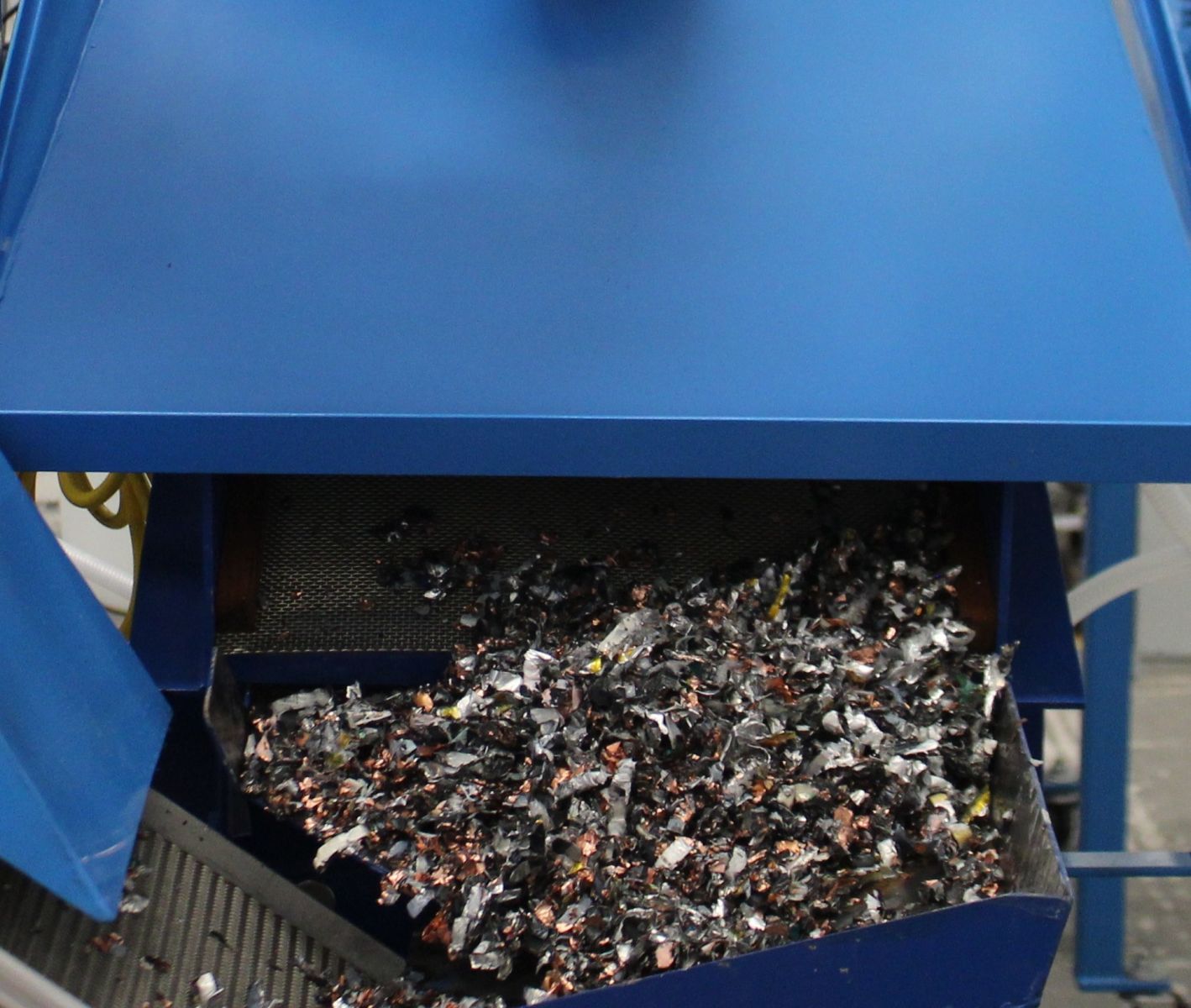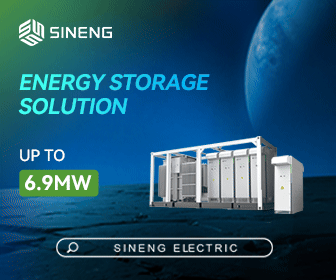Are Battery Metals the New Oil?
Whether storing energy from carbon-neutral energy sources, or powering electric vehicles and personal electronics, lithium-ion (li-ion) batteries and their materials are fueling the world. The rising demand for the metals and materials that go into creating these Li-ion batteries is backed up by the numbers; demand is set to increase more than ten-fold by 2029.
While this potential growth points towards a positive shift away from carbon-based energy sources, the proliferation of the lithium-ion batteries presents major social and environmental implications that cannot be ignored. Furthermore, when these batteries reach the end of their life, they can potentially be extremely dangerous, and at least as 'unclean' as oil. Therefore, careful consideration must be taken to ensure that one harmful resource is not being exchanged for another.
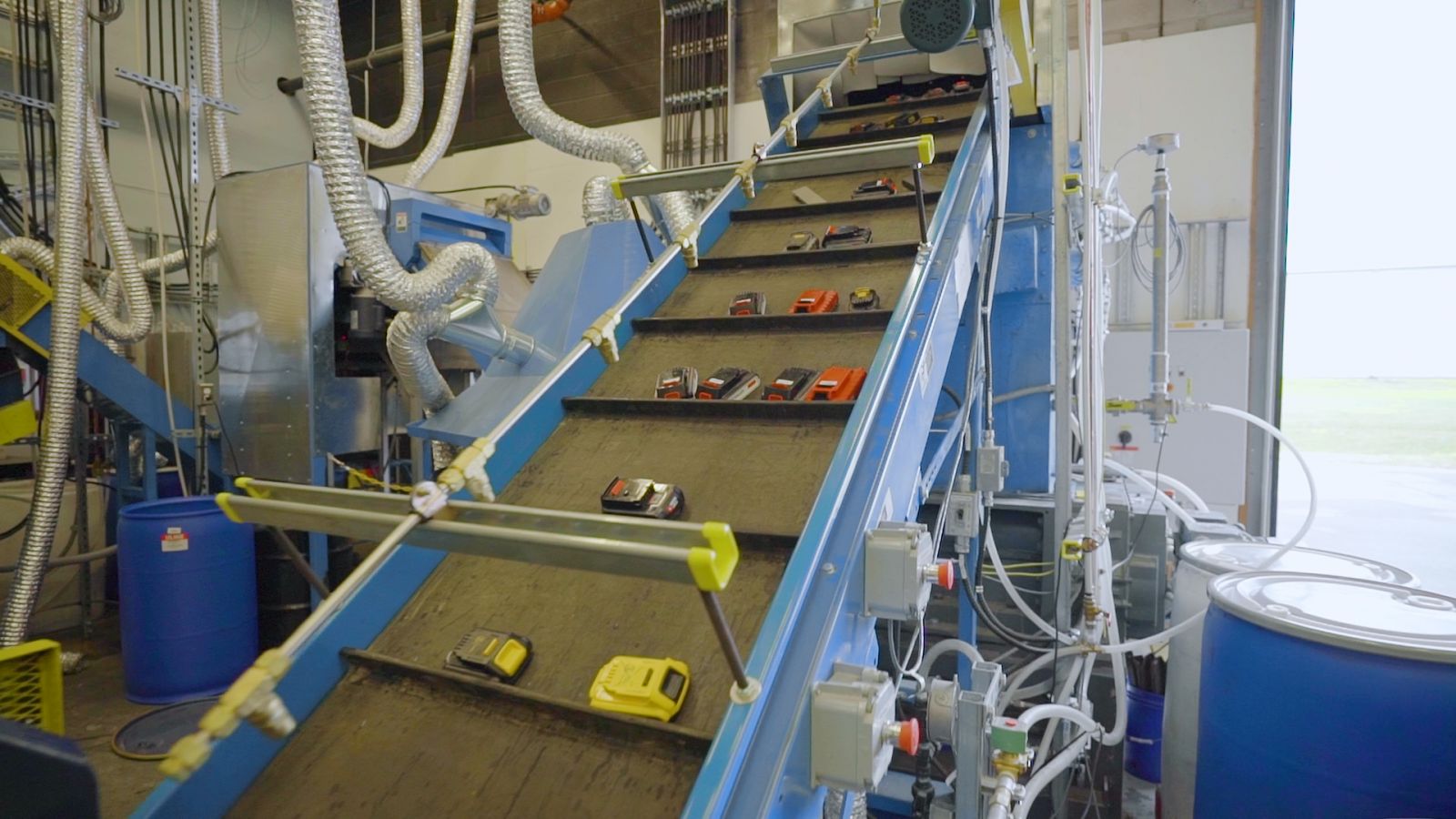
Production
What exactly are the harmful implications of a li-ion battery dominant future? The most significant pitfall lies in the raw materials necessary for the production of these batteries. The primary materials used in li-ion batteries are lithium, cobalt, nickel, manganese, and graphite. Not only are these materials scattered throughout the world, but they are heavily concentrated in countries where environmental and labor regulations are unclear or even non-existent, leaving the local populations vulnerable to exploitation and violence. The Democratic Republic of the Congo (DRC) is a prime example of this. The DRC accounts for almost two-thirds of the world's supply of cobalt; according to a United Nations report, the mining processes in this area have been identified as dangerous, and involve the exploitation of child labor.
Regarding the environment, any type of mining for raw material can result in erosion, sinkholes, loss of biodiversity, soil, groundwater, and surface water contamination. Not to mention the release of harmful carbon emissions from the considerable amount of energy involved in the mining process. Unfortunately, the continual extraction of these resources for battery production could result in a zero-sum game when compared with the extraction of crude oil: The volume of materials needed to produce one li-ion battery for an electric vehicle is equal to the materials required to create 15,000 cell phone batteries. The demand for more and more electric vehicles - and the li-ion batteries that power them - is rising exponentially.
A Potential for Harm
Just like with oil, as the utilization of the li-ion technology increases, these batteries will play a growing and critical role across a broad spectrum of industries like energy, automotive, and other forms of mobility. From the surface, limiting the use of crude oil and assisting in the reduction of carbon emissions appears to be a good thing. However, this doesn't take into account the increased potential for these batteries to cause harm in the event they malfunction or are destroyed in an accident.
While li-ion batteries are generally considered to be safe and stable, as with any technology, there is always the possibility of a malfunction or damage. In the case of li-ion, that means the release of gasses and electrolytes such as hydrogen fluoride, phosphoryl fluoride, and other combustion byproducts and organic solvents. These chemicals can be corrosive, toxic, and even flammable, with the potential to cause lasting harm to human life.
End of Life
As with most batteries, once li-ion batteries begin to fail, they are discarded, treated as waste, and end up in dumpsites. While this seems like the logical step in disposing of any spent material, it also raises the question: are we simply trading out the carbon emissions from oil for solid waste? Unfortunately, with the increasing volume of li-ion batteries ending up in landfills, this appears to be the case. In fact, analysts have stated that the amount of lithium-ion batteries expected to be available for recycling will grow from approximately 150,000 tons per year in 2020, to over 3,700,000 tons per year in 2030. On a cumulative basis, this translates to over 15 million tons of lithium-ion batteries available for recycling by 2030. China alone will generate approximately half a million metric tons of spent Li-ion batteries in 2020; by 2030, this figure is set to reach 2 million metric tons of Li-ion waste per year.
In an attempt to curb the amount of materials ending up in landfills, li-ion batteries have been predominantly moved around the world for re-use, or partially recycled via thermal processing: spent batteries are incinerated, resulting in typical crude resource recovery rates between 40 and 50 percent, with key elements like lithium being completely volatilized. This energy-intensive method produces a significant amount of both solid and gas waste. Not only is this process unsustainable in the long-term, but it will do little to satiate the growing demand for new Li-ion batteries necessary to sustain the transition to renewable energy and carbon-free transportation.
There is a gap between the promise of li-ion batteries as an environmentally-conscious solution to carbon-based energy, and the reality of the situation that has inspired a number of companies to innovate new methods to transform li-ion battery to be a truly circular and sustainable product.
One such technique relies on a closed-loop system, where spent batteries are sent to resource recovery centers where through a process of mechanical shredding and hydrometallurgical/ wet chemistry. This innovative process successfully recovers ≥95 percent of critical materials in li-ion batteries, returning these materials back to the supply chain. This method completely changes the way in which li-ion batteries are treated at the end of their life cycle, potentially alleviating many of the negative impacts of raw material mining and production.
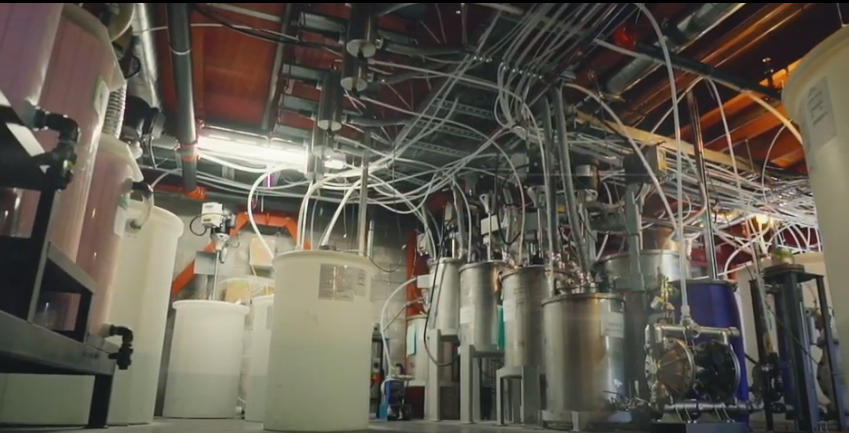
Additionally, this closed-loop resource recovery method removes the need for extensive resource mining, reduces the amount of waste released into the atmosphere or sent to landfill, minimizes the amount of global shipping needed to transport resources and other product components, and preserves deposits of finite natural resources. Essentially, the development of this resource recovery method means that Li-ion batteries no longer mirror big oil's negative effects, and people no longer need to be concerned about the amount of waste, or negative social impacts their batteries are generating.
We should not forget the positive impact oil has had on the world's development and forward progression. Now, as battery prices continue to fall, it makes sense that li-ion batteries - and the components that make them - are quickly becoming 'the new oil.' Before li-ion batteries completely take the reins in providing the worlds' electricity needs, it's up to innovators to optimize recycling processes, and ensure that batteries don't leave the same legacy of environmental destruction and social unrest as their predecessor.
 Ajay Kochhar is the Co-Founder, President, and CEO at Li-Cycle, a lithium-ion battery resource recovery company. Li-Cycle Technology is a closed-loop, economically viable, safe, sustainable, and scalable processing technology that provides a solution to the global lithium-ion battery recycling problem.
Ajay Kochhar is the Co-Founder, President, and CEO at Li-Cycle, a lithium-ion battery resource recovery company. Li-Cycle Technology is a closed-loop, economically viable, safe, sustainable, and scalable processing technology that provides a solution to the global lithium-ion battery recycling problem.
Li-Cycle | li-cycle.com
Author: Ajay Kochhar
Volume: 2021 January/February








